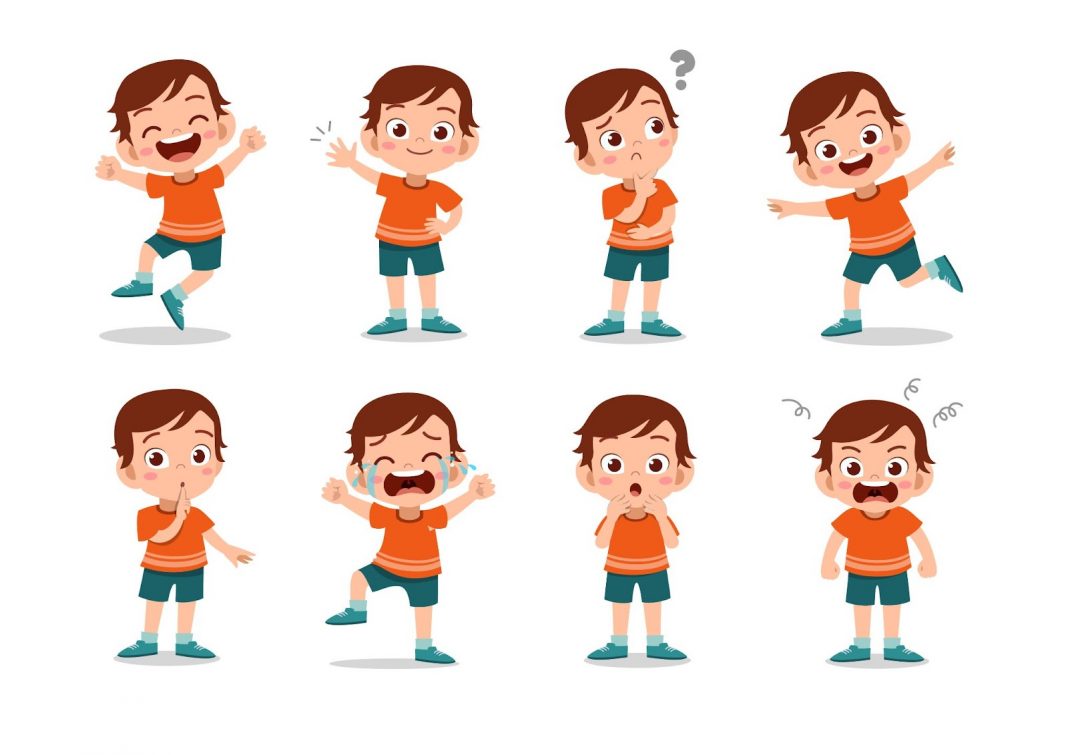Emotional regulation is a crucial skill for children, helping them navigate the complexities of their feelings and interactions with others. As highlighted by thinkkids.org, emotion regulation skills are our ability to manage or control our emotions. This ability, or sometimes the lack thereof, can significantly influence behaviors in children. For instance, challenges in managing emotional responses can lead to behaviors like defiance, aggression, or refusal, which are often reactions to overwhelming feelings like frustration. Recognizing the importance of these skills, this blog aims to introduce you to effective emotional regulation activities for kids.
Math & ELA | PreK To Grade 5
Kids see fun.
You see real learning outcomes.
Watch your kids fall in love with math & reading through our scientifically designed curriculum.
Parents, try for free Teachers, use for free
These activities curb negative behavior and foster a deeper understanding and mastery of emotions, enabling children to make thoughtful, informed decisions even in emotionally charged situations.
Related Reading: Interesting Social-Emotional Learning Activities for Classroom
What is Emotional Regulation for Kids?
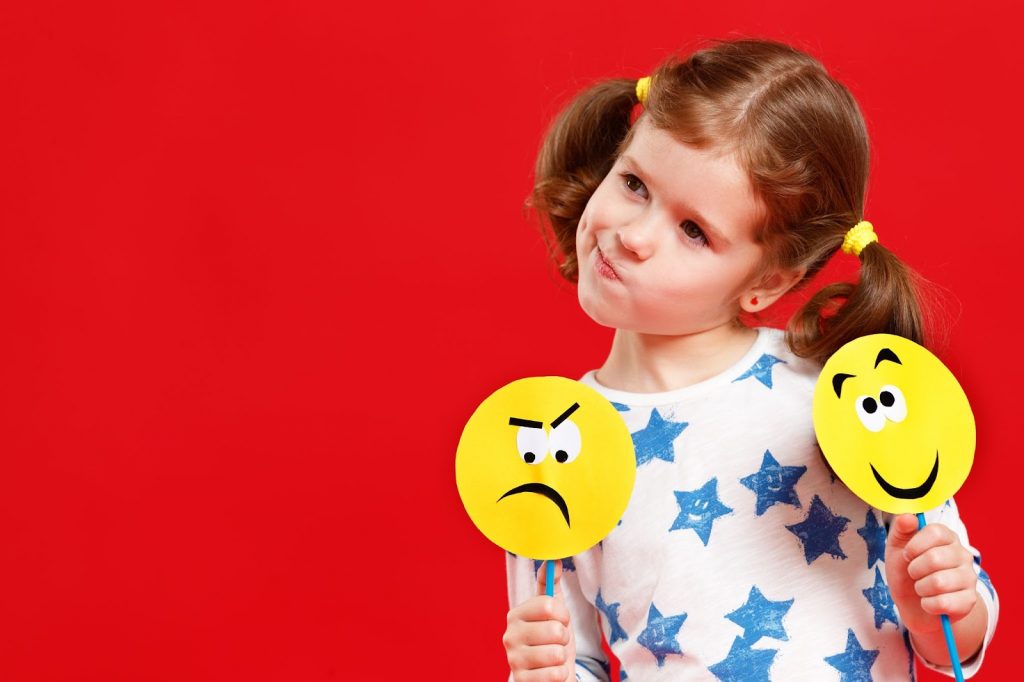
Emotional regulation for kids is about how they control and manage their feelings. It’s like having tools to help them deal with emotions, whether they’re feeling super happy, really sad, or even angry.
When we talk about emotional regulation in children, it shows up differently. You might see a child taking deep breaths to calm down before speaking, or maybe they’ll choose to walk away from a situation that makes them upset. Sometimes, it’s about expressing feelings using words rather than actions, like saying, “I’m angry” instead of hitting.
Kids and adults handle their emotions differently. While grown-ups usually have more experience and skills to manage their feelings, kids are still learning. Consider it like this: adults might have a big toolbox with many tools to fix different emotional ‘problems,’ but kids are still filling their toolbox. They’re at the beginning of learning how to use these tools, and that’s why teaching emotional regulation to kids is so important.
Related Reading: Calming Strategies for Kids Every Parent Should Know
10 Activities to Teach Kids How to Understand & Manage Their Emotions
1. Emotion Sorting Game
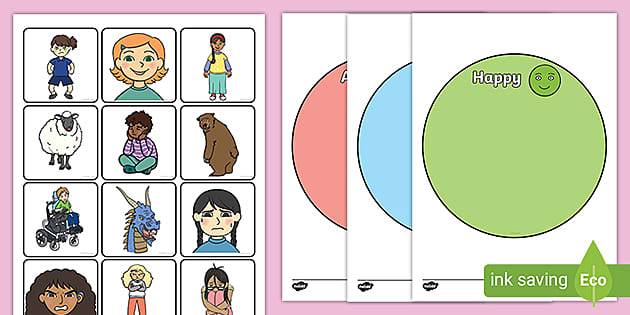
Create or find cards with various emotions displayed through words and images. Ask the kids to sort these cards into categories like happy, sad, angry, etc. For younger kids, use simpler words and clear pictures.
How It Helps: This is one of the most effective self-regulation activities for kids. It helps them recognize and name different emotions, a key step in managing their feelings. Kids learn to categorize and understand these emotions better by sorting them.
2. Daily Emotional Check-ins
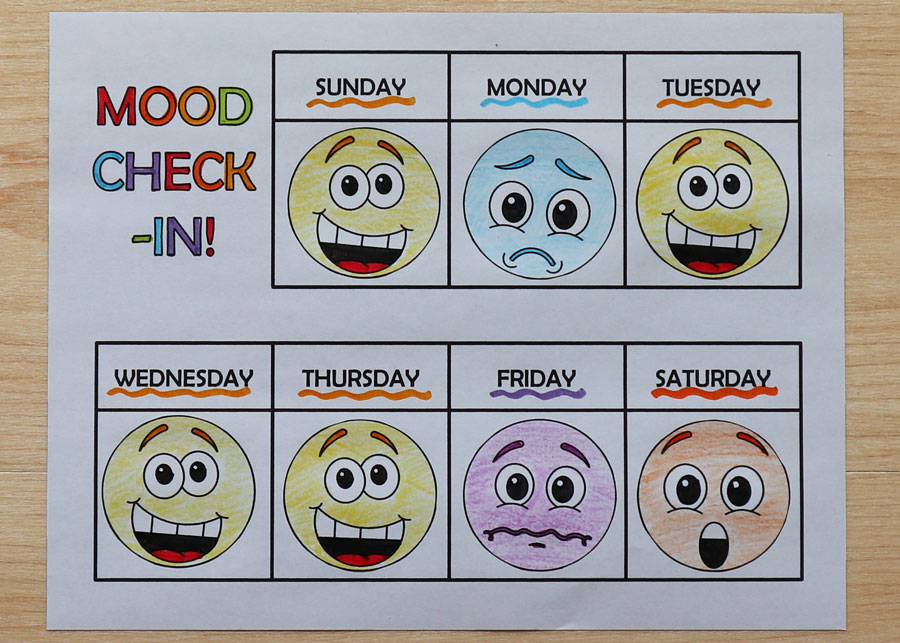
At the start or end of each day, have a brief session where your child names or draws their current emotion. Discuss what might have led to these feelings.
How It Helps: Regular check-ins encourage kids to be more aware and articulate their emotions. This practice fosters open communication about feelings, aiding in emotional development and self-awareness.
3. Emotion Color Wheel
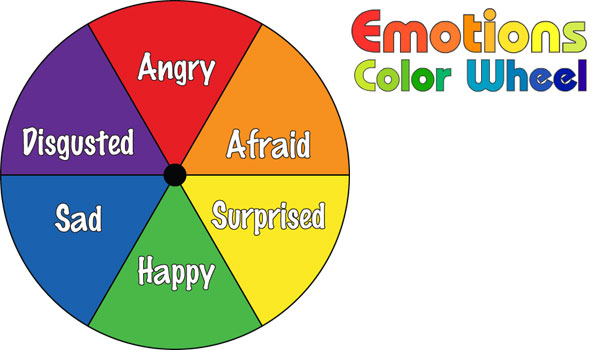
Create a wheel with segments colored differently (e.g., red for anger, blue for sadness). Have kids associate their feelings with the colors on the wheel.
How It Helps: This is one of the best activities for preschoolers that helps children understand and express their emotions. The color associations make it easier for kids to identify and communicate their feelings, using colors as a language for emotions.
Related Reading: Fun Social Emotional Activities for Preschoolers
4. Emotion Story Creation
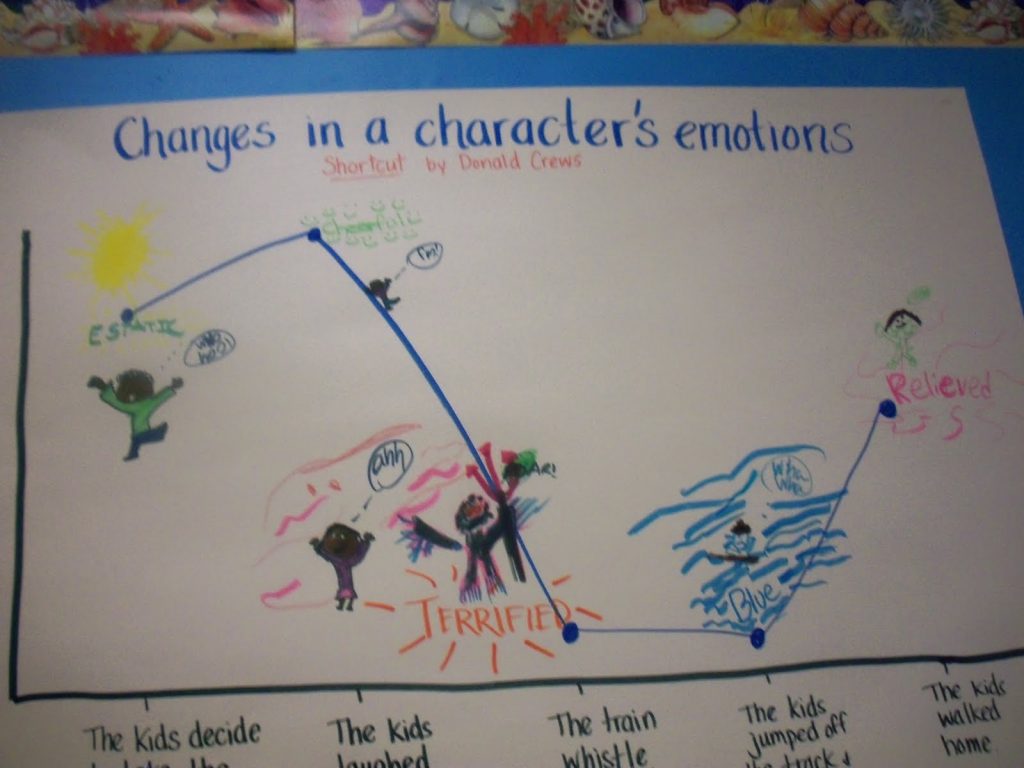
Encourage children to think of a story or scenario around a specific emotion. They can either draw or write the story, focusing on how the characters feel.
How It Helps: This activity aids kids in identifying and understanding emotions. By creating stories around feelings, they learn to empathize with others and see the context behind different emotions.
5. Writing about Emotions
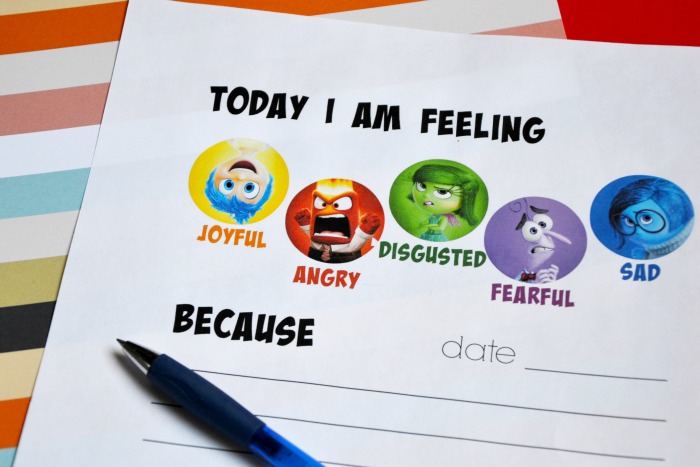
Ask children to write about when they felt a particular emotion, what caused it, and how they dealt with it. This could be a simple sentence or a drawing for younger kids.
How It Helps: Writing about emotions is a great way for kids to process and understand their feelings. It encourages self-expression and helps develop emotional literacy, an important aspect of self-regulation.
6. Emotion Collage
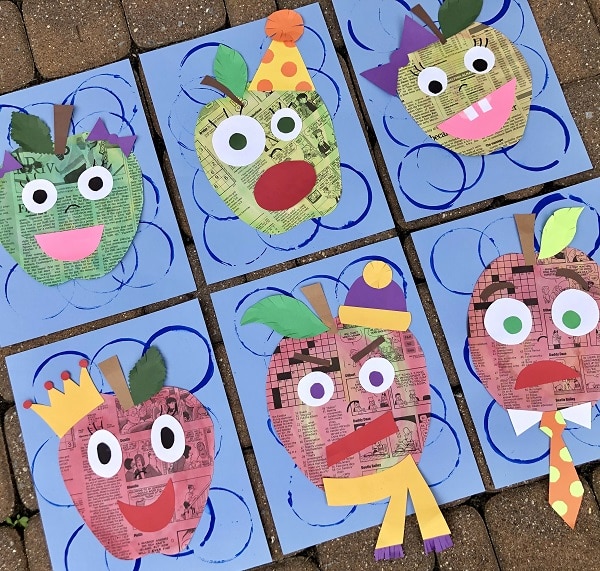
Provide kids with magazines, drawings, stickers, or other art materials. Ask them to create a collage that shows different feelings. They can cut out images that they feel represent emotions like happiness, anger, or fear.
How It Helps: Making an emotion collage is one of the engaging emotional regulation activities for kids. It allows them to explore and express their feelings creatively, aiding in identifying and understanding a wide range of emotions.
7. Emotion Wheel of Choices
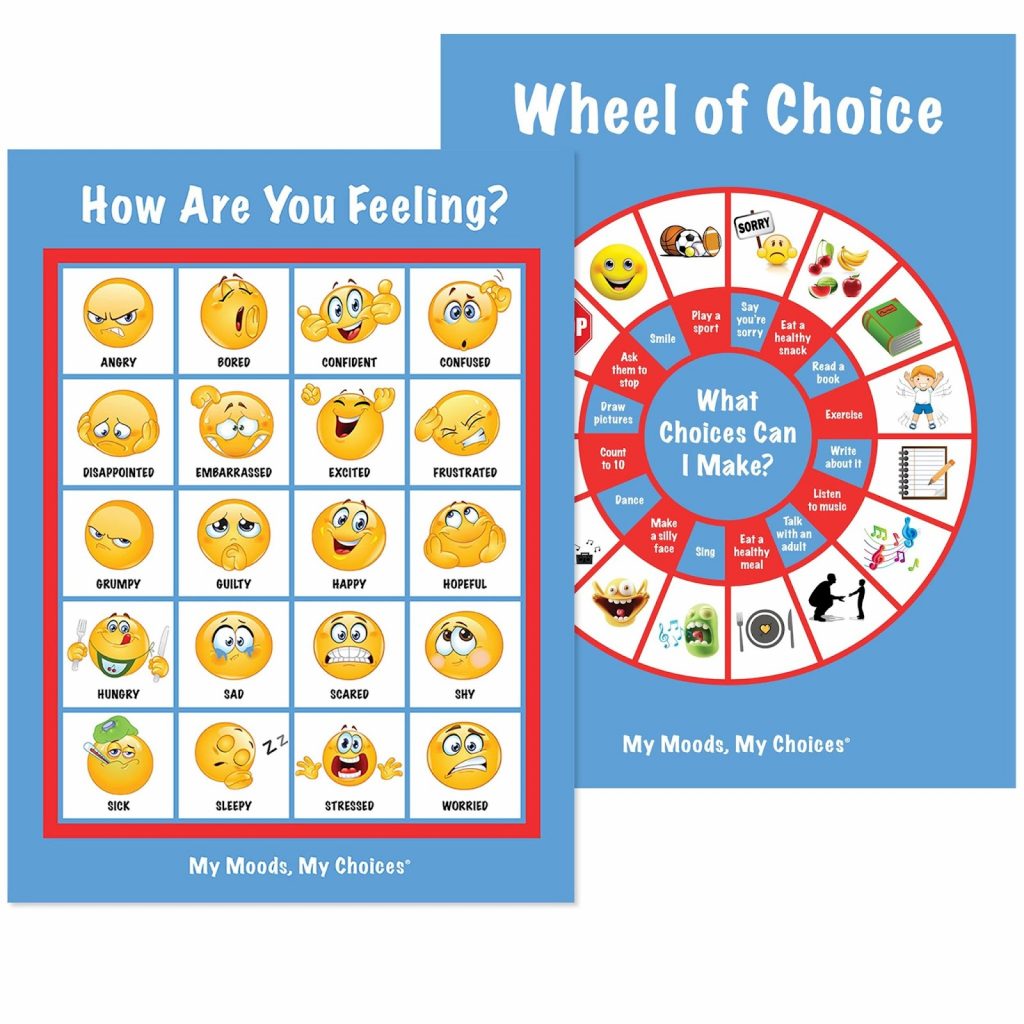
Create a wheel with different sections, each representing a coping strategy for an emotion (e.g., deep breathing for anger, reading a book for sadness). When a child feels a certain emotion, they spin the wheel and try the strategy it lands on.
How It Helps: This activity is a practical tool for emotional regulation exercises. It helps children identify their emotions and teaches them effective ways to manage and cope with these feelings.
Related Reading: Anger Management Activities for Kids
8. Feelings Charades with a Twist
Kids act out an emotion and the scenario that might cause that emotion. For example, they might act out feeling sad because they missed a pet or happy receiving a gift.
How It Helps: This game is a fun way to help kids understand and express emotions. It also encourages them to think about what triggers different feelings, enhancing their emotional intelligence.
9. Weather Report Emotions
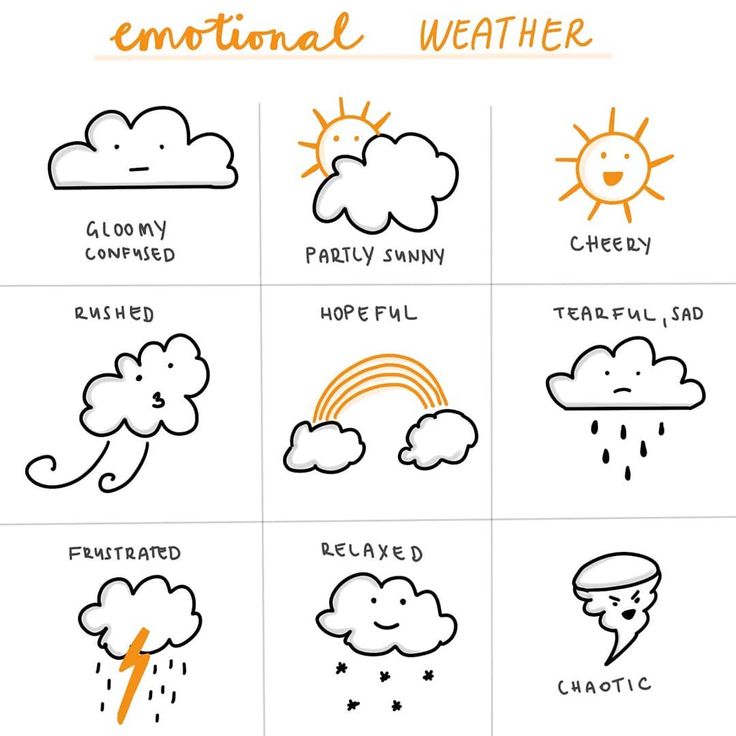
Ask children to describe their feelings using weather-related language, like saying they feel ‘sunny’ when happy or ‘stormy’ when angry.
How It Helps: This activity, suitable as emotional regulation activities for elementary students, helps kids articulate complex feelings in a simple, relatable way. Using metaphors like weather conditions makes it easier for children to express and understand their emotions.
10. DIY Emotion Masks
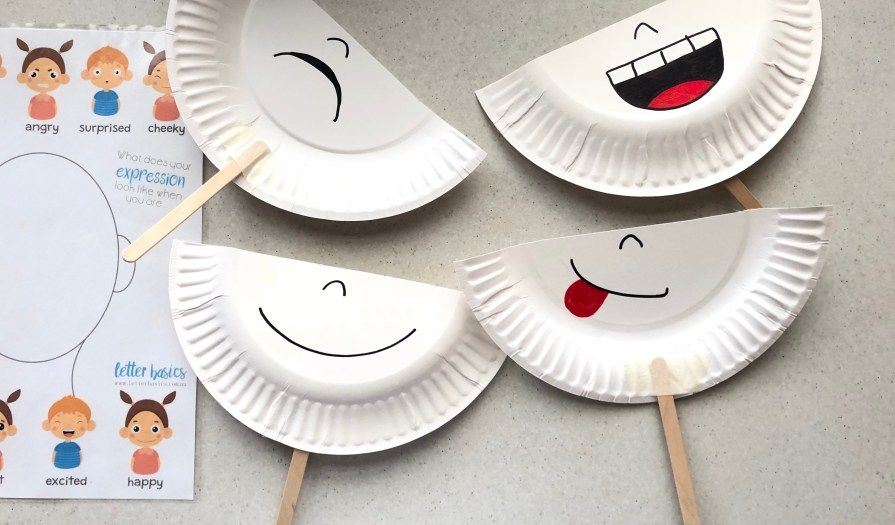
Provide materials for kids to make masks showing various emotions. They can use these masks to express their feelings at different times, either in a structured activity or freely throughout the day.
How It Helps: DIY emotion masks are a playful and imaginative way for kids to express and identify different feelings. This activity encourages non-verbal communication of emotions, allowing children to explore feelings in a fun, engaging manner.
Related Reading: Strategies to Bring Out Mindfulness for Kids
3 Things You Should Do Before Beginning Emotional Regulation Activities
- Create a Safe and Supportive Environment: Before starting any emotional regulation activities, ensuring kids feel safe and supported is important. This means they should be in a place where they feel comfortable expressing their emotions without fear of judgment or punishment.
- Understand Your Child’s Emotional Baseline: Every child and their emotions are different. Some kids might get angry quickly, while others might become quiet when upset. Knowing how your child usually reacts to different situations will help you choose the right activities and approaches for them. Pay attention to their typical emotional responses and what triggers these emotions.
- Set Clear Expectations and Goals: Before beginning, it’s helpful to explain to your child what you’ll be doing together and why. Let them know that learning about emotions is important and can be fun. Set simple, achievable goals for each activity, like learning to name a new emotion or finding one way to calm down when upset.
Why is Emotional Regulation Important for Kids?
Emotional regulation is a big part of growing up. It plays a key role in a child’s overall development. Let’s understand why:
- Emotional regulation is vital for a child’s growth. It helps them understand themselves better, boosts their confidence, and builds resilience.
- Emotional regulation activities for kids teach them to empathize and interact positively with others. This skill is key for making friends, sharing, and working well in groups.
- Kids who manage their emotions can focus better in school, follow instructions, and engage more effectively in learning activities.
- Strong emotional regulation skills set the foundation for handling stress, maintaining healthy relationships, and approaching life’s challenges positively as they grow into adulthood.
Conclusion
In conclusion, teaching kids about emotional regulation is key to helping them grow into well-rounded, happy individuals. The activities we’ve discussed, from emotion collages to DIY masks, are fun and powerful tools for helping children understand and manage their feelings. By incorporating these emotional regulation activities for kids into their daily routine, we can guide them toward recognizing, expressing, and coping with their emotions in healthy ways. Remember, each child is unique, so it’s important to be patient and supportive as they learn and grow on their emotional journey.
Related Reading: Best Mental Health Activities for Kids
Frequently Asked Questions (FAQs)
Can these emotional regulation activities be used for children of all ages?
Yes, these activities can be adapted for kids of different ages. Simpler and more playful activities are effective for younger children, while older kids might benefit from more complex and discussion-based exercises.
How often should I do these activities with my child?
Regular practice is key. Try to incorporate these activities into your daily routine, but even a few times a week can significantly affect your child’s emotional regulation skills.
What if my child doesn't seem interested in these activities?
It’s normal for children to show varying interest levels. Try different activities to see what resonates with your child, and remember that their engagement can change over time as they grow and develop.

















